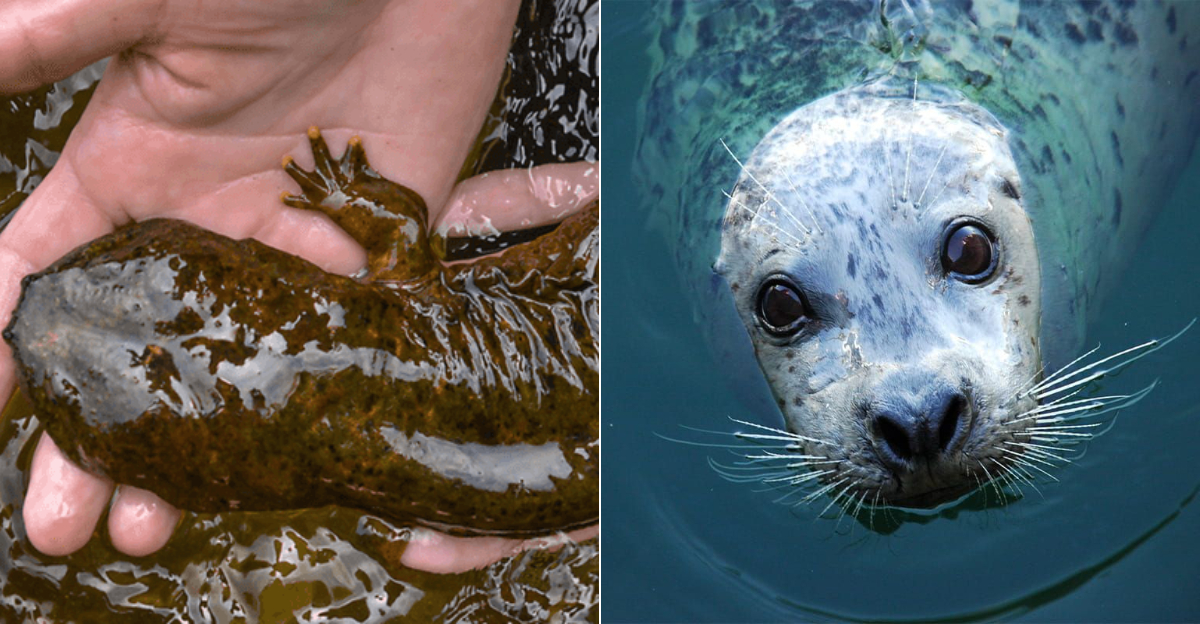Is Washington State a wildlife haven? Absolutely!
From rugged mountains to scenic coastlines, it’s home to incredible animals. After years of exploring, I’ve encountered creatures that left me inspired beyond words.
Here are 15 fascinating animals that call the Evergreen State home — and trust me, this list won’t disappoint. Quite the opposite!
1. Majestic Orca Whales
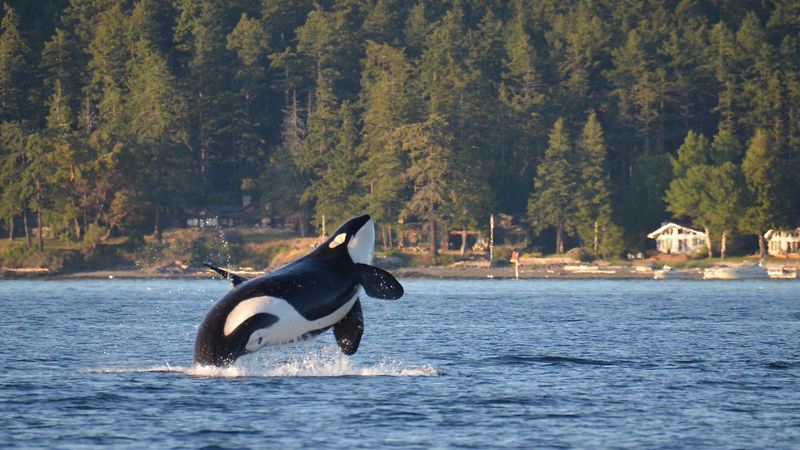
Nothing quite matches the thrill of spotting an orca’s distinctive black-and-white pattern breaking the surface of Puget Sound.
These intelligent mammals aren’t actually whales at all but the largest members of the dolphin family! How about that?
Bigg’s orcas typically hunt marine mammals. However, these creatures face serious threats from pollution and diminishing salmon populations, making each sighting even more precious.
2. Elusive Gray Wolves
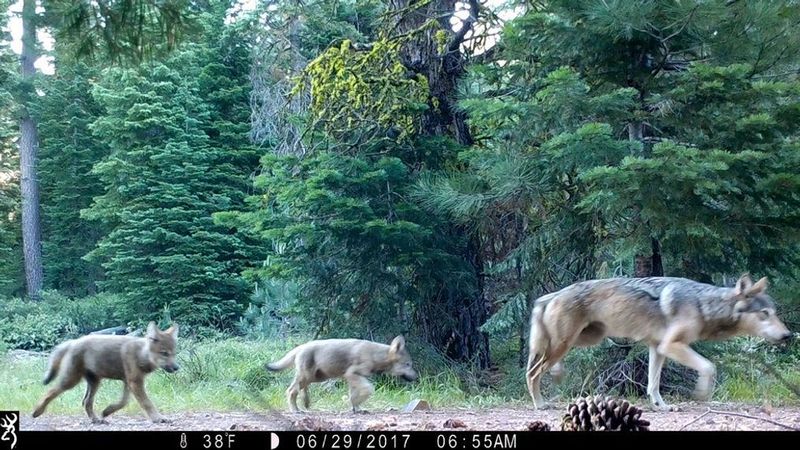
Howling at the moon isn’t just stuff of legends in Washington’s wilderness. Gray wolves have made a remarkable comeback after being nearly wiped out in the early 1900s.
Wolf packs function as tight-knit family units, with complex communication systems and hunting strategies that showcase their intelligence. Their distinctive howls can travel up to ten miles, sending shivers down my spine during camping trips.
Despite their fearsome reputation, wolves typically avoid humans.
3. Patriotic Bald Eagles
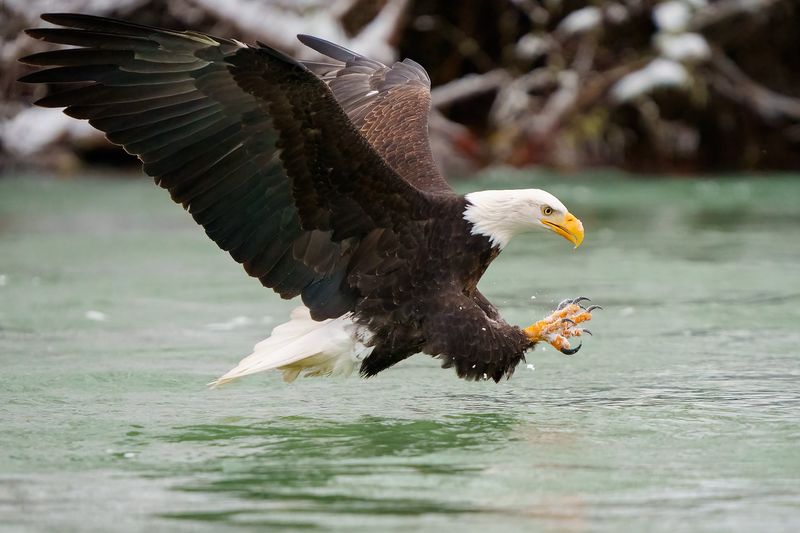
These raptors sport that unmistakable white head and yellow beak that appears on everything from quarters to presidential seals.
During salmon spawning season, I’ve counted over 30 eagles in a single tree! Their impressive seven-foot wingspan makes them impossible to miss as they scan rivers for fish.
Despite their fierce appearance, bald eagles have a surprisingly squeaky call that doesn’t match their majestic image.
Once endangered, these birds have made a remarkable recovery thanks to conservation efforts and the banning of DDT pesticides.
4. Secretive Northern Spotted Owl
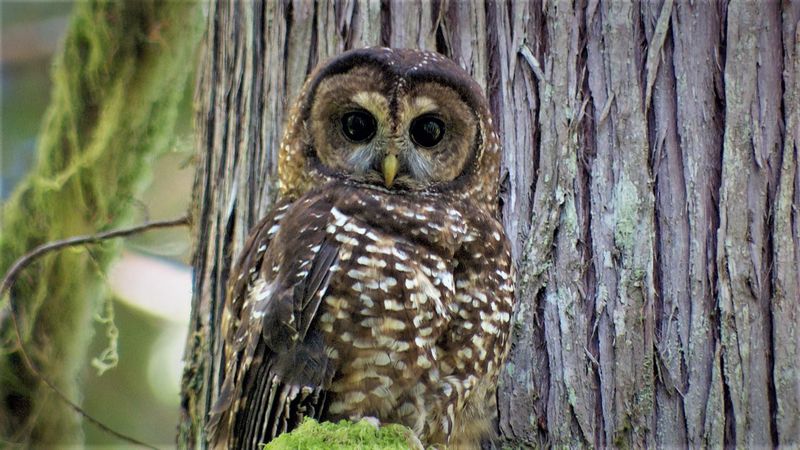
Catching a glimpse of this chocolate-brown owl with white spots is like winning the wildlife lottery! These rare birds have become the poster child for old-growth forest conservation in Washington.
Unlike their more adaptable cousins, spotted owls require ancient forests with complex canopies and plenty of dead trees for nesting.
Their distinctive “hoo-hoo-hooo” calls echo through the forest at dusk. I spent three summers as a forest technician before finally spotting one silently gliding between massive Douglas firs.
Sadly, habitat loss and competition from barred owls have pushed these beautiful creatures to the endangered species list.
5. Bizarre Columbia River Giant Salamander
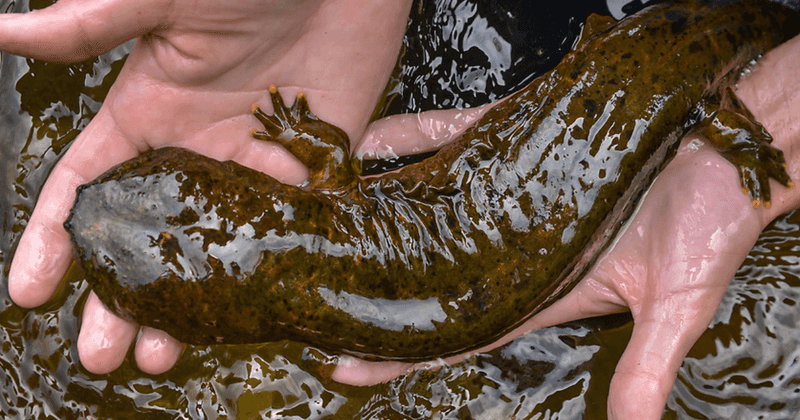
I stumbled upon one while fishing a small tributary of the Columbia River.
At first, I thought it was a small snake until I noticed the distinctive salamander shape and external gills that look like feathery red plumes. These creatures are aquatic their entire lives, unlike many salamanders that metamorphose.
Found only in the Pacific Northwest, these salamanders are sensitive to water quality, making them important indicators of ecosystem health.
6. Curious American Black Bears
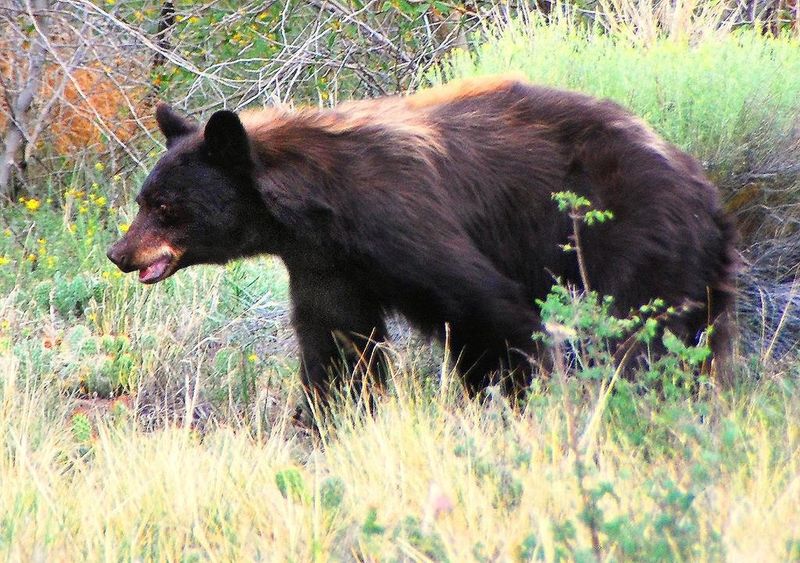
Don’t let the name fool you – Washington’s black bears often sport cinnamon or even blonde fur! These forest omnivores are masters at finding food, from berries to beehives and occasionally even your cooler if you’re not careful.
Their dexterous paws and keen sense of smell make them excellent foragers. Despite weighing up to 500 pounds, black bears can sprint at 35 mph and climb trees with surprising agility.
Remember to store food properly in bear country – these intelligent animals never forget a free meal!
7. Stealthy Mountain Lions
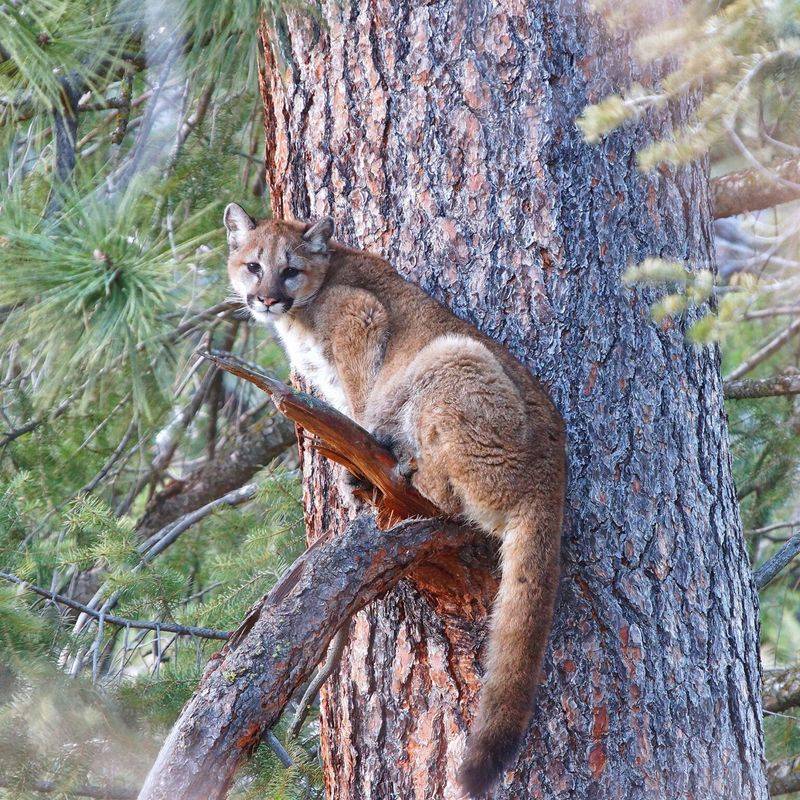
The ghost cat of Washington’s wilderness might be watching you without you ever knowing it!
Also called cougars or pumas, these tawny predators are masters of stealth, capable of taking down prey many times their size.
Mountain lions have the largest range of any wild mammal in the Americas, from the Canadian Yukon to the southern Andes.
Their incredible jumping ability allows them to leap up to 40 feet horizontally and 15 feet vertically.
Despite their fearsome reputation, attacks on humans are extremely rare.
8. Endangered Pygmy Rabbits
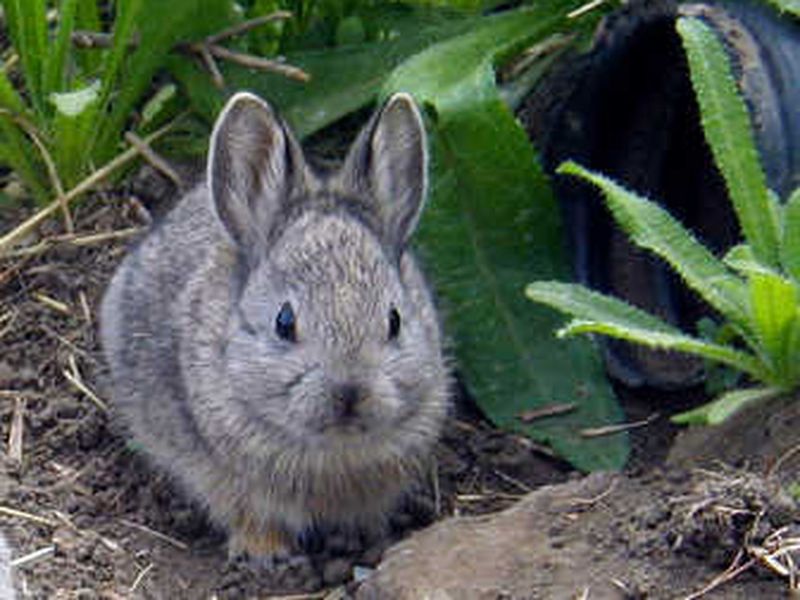
Palm-sized and perfectly adapted to the sagebrush country of eastern Washington, pygmy rabbits are North America’s smallest bunnies. These adorable creatures weigh less than a pound but have a mighty impact on their ecosystem!
Unlike other rabbits, pygmies dig their own burrows, creating elaborate tunnel systems beneath the sagebrush they depend on for food and shelter. Their gray-brown fur provides perfect camouflage against predators.
During a conservation volunteer project, I helped monitor a reintroduction site where these tiny rabbits are making a comeback from near-extinction.
9. Whistling Olympic Marmots
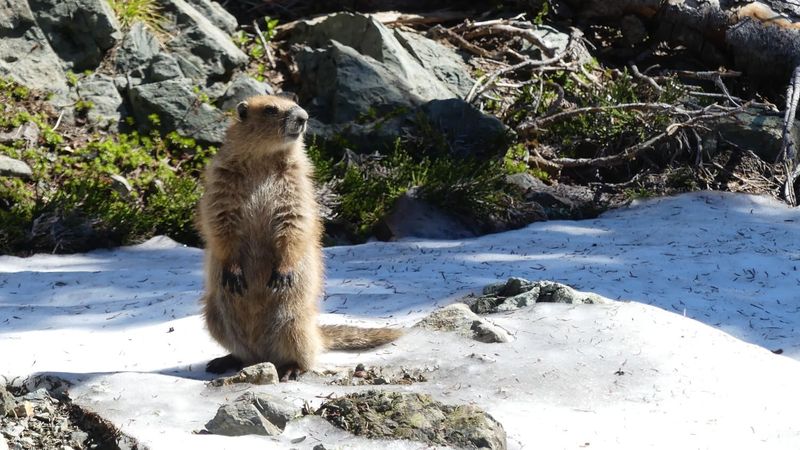
Chubby, fuzzy, and full of personality. That says it all!
These oversized rodents are found nowhere else on Earth except Washington’s Olympic Mountains! Their loud, whistling alarm calls have startled me countless times while hiking above the treeline.
Olympic marmots spend over seven months hibernating under the snow, their heart rates slowing to just a few beats per minute.
These social animals live in colonies, with sentries posted to watch for predators like coyotes and eagles.
10. Determined Pacific Salmon
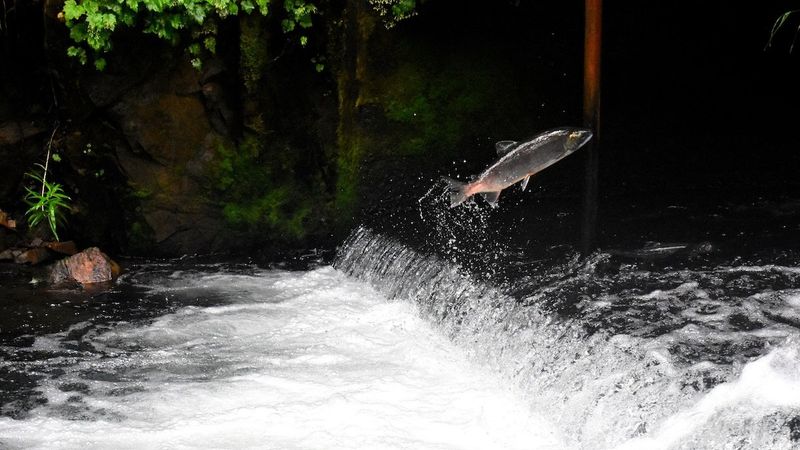
Witnessing Salmon’s upstream struggle against currents and waterfalls is nature’s most dramatic spectacle!
Chinook, coho, sockeye, pink, and chum salmon transform physically as they leave saltwater, developing hooked jaws and brilliant spawning colors.
I’ve stood mesmerized at riverbanks watching these determined fish leap repeatedly at cascades. Their decomposing bodies after spawning provide essential nutrients for everything from eagles to forest plants.
Native tribes have harvested these remarkable fish sustainably for thousands of years, considering them sacred beings.
11. Playful Harbor Seals
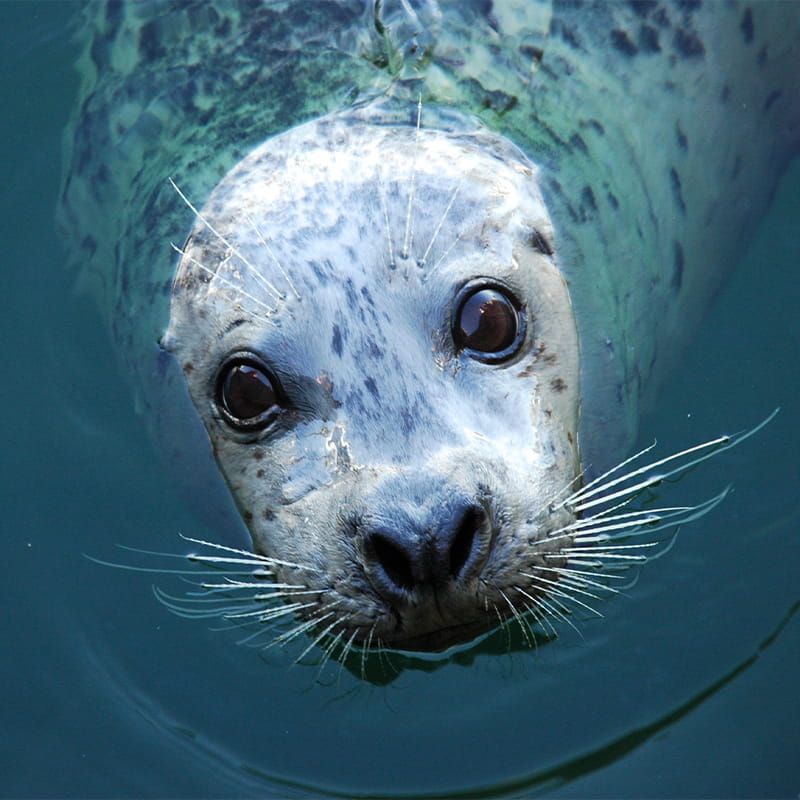
Unlike sea lions, these spotted seals lack external ear flaps and move awkwardly on land by flopping on their bellies. In water, however, they transform into graceful swimmers.
While kayaking near Deception Pass, a group of seals followed me for nearly an hour, popping up unexpectedly around my boat like a game of whack-a-mole.
Baby seals (called pups) are often left alone on beaches while mothers hunt – they’re not abandoned, just waiting!
12. Dangerous Western Rattlesnakes
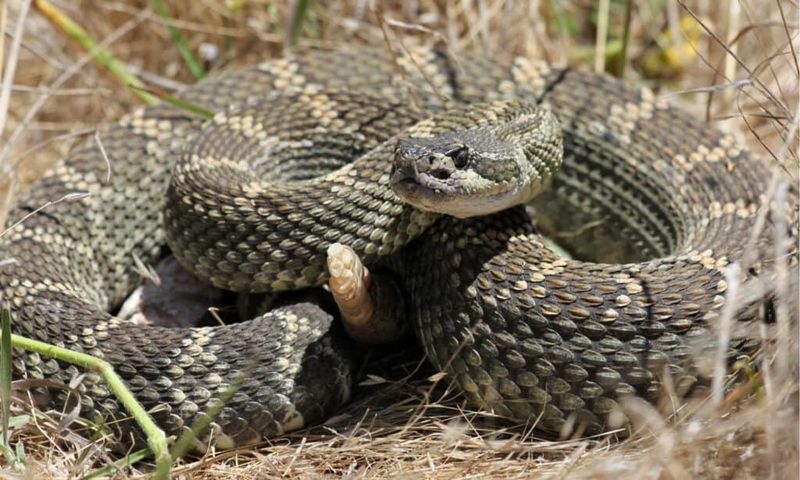
The distinctive buzz of a rattlesnake’s tail will stop you in your tracks in eastern Washington’s shrub-steppe!
Western rattlesnakes have heat-sensing pits between their eyes and nostrils that detect warm-blooded animals with remarkable precision. Their diamond-patterned bodies provide excellent camouflage among rocks and sagebrush.
Despite their fearsome reputation, rattlesnakes prefer to avoid humans, using their rattle as a warning system.
13. Magnificent Roosevelt Elk
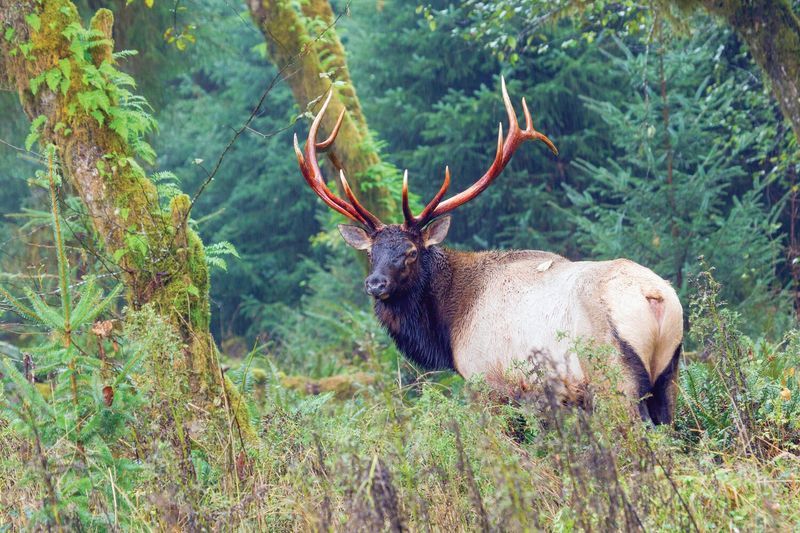
Roosevelt elk are the largest elk subspecies in North America, with bulls weighing up to 1,100 pounds!
Named after President Theodore Roosevelt, these majestic creatures roam Olympic National Park’s lush valleys and rainforests.
My most memorable wildlife encounter was watching a bull elk bugling during the fall rut, his haunting calls echoing through the misty forest. Female elk (cows) form harems led by a dominant bull who defends his group from rivals.
Native Americans revered elk for providing food, tools, and clothing, using every part of the animal.
14. Graceful White-Tailed Deer
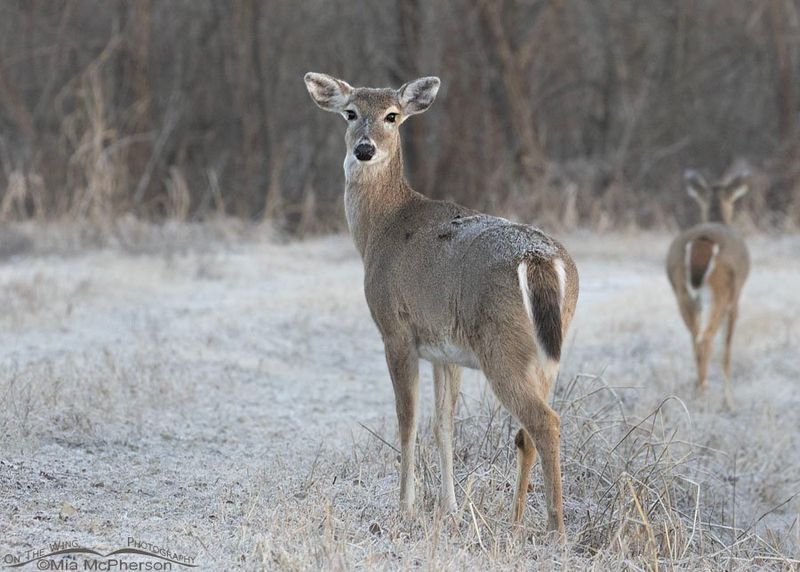
Flash of white! That’s often all you’ll see as a startled white-tailed deer bounds away through eastern Washington’s forests, flagging its distinctive tail as a warning to others.
These adaptable ungulates thrive in the interface between forests and fields, browsing on leaves, twigs, fruits, and nuts. Their reddish-brown summer coats turn grayish in winter for better camouflage.
White-tailed deer have incredible senses, with rotating ears that can pinpoint sounds and eyes positioned to provide nearly 310-degree vision!
15. Resourceful River Otters
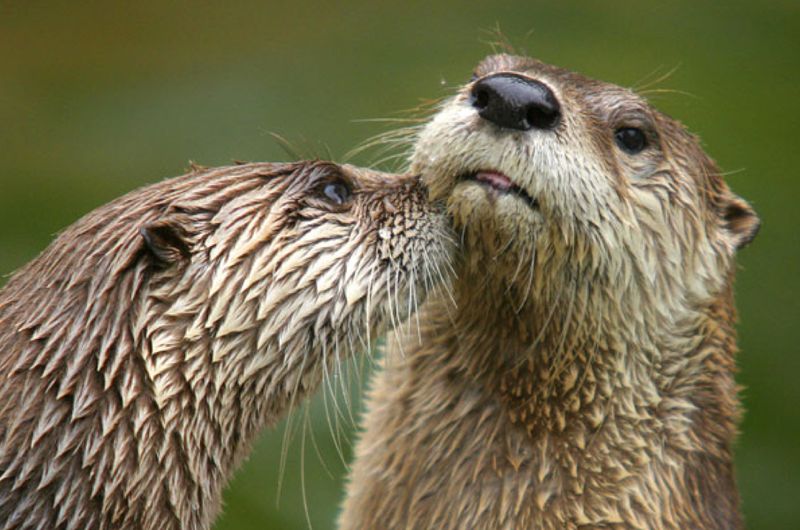
River otters have specialized nostrils and ears that close underwater, along with dense fur that traps air for insulation. While fishing on the Yakima River, I watched a family of otters catching trout that had eluded me all day!
Their playful nature isn’t just for fun – sliding, wrestling, and chasing games help young otters develop hunting skills.
A group of otters is appropriately called a “romp.”
